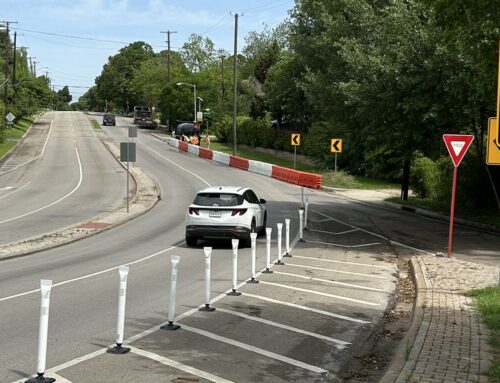Progress Dallas, the group behind the proposed Dallas wet-dry election, says it’s aware that state law may invalidate a wet result in Oak Cliff.
So it has a backup plan: To give voters in Oak Cliff a double ballot. Voters would be asked to approve retail beer and wine sales and to eliminate private club restrictions in Dallas, just like voters in the rest of the city. Then, on another part of the ballot, they would be asked to approve the same measures in the part of Oak Cliff that voted to go dry in 1956.
More, after the jump:
The process is called a concurrent election, says John Hatch, a partner in Texas Petition Strategies, the group that is putting the petition drive together for Progress Dallas. Hatch told me Friday that his group has been researching the issue, and knows about the state law that I wrote about last week. The law, section 251.73 of the Alcoholic Beverage Code, says that the part of Oak Cliff that voted to go dry in 1956 would remain dry even if the city voted to go wet in a later election. The key? If the part of Oak Cliff that voted dry in 1956 was "wholly contained" in the city of Dallas.
The catch, as noted, is that no one knows if a map with the 1956 election boundaries exists, no one knows if the area was "wholly contained." Hatch has seen a 1986 map, with eight justice of the peace precincts, which is the same number the city had in 1956. But, he says, though he suspects the 1986 map is similar to the 1956 map, he isn’t sure.
Hatch’s group, as I did, filed an Open Records request with the county for a 1956 map. He expects to get it shortly. When he does, Petition Strategies will decide whether it needs to gather signatures in the part of Oak Cliff that went dry in 1956. If it does, Hatch says the area is small enough to allow it get enough signatures in time to get the concurrent election on the ballot.
This approach will clear up some confusion, though I’m still willing to bet that it doesn’t prevent the possibility of lawsuits over map boundaries.





